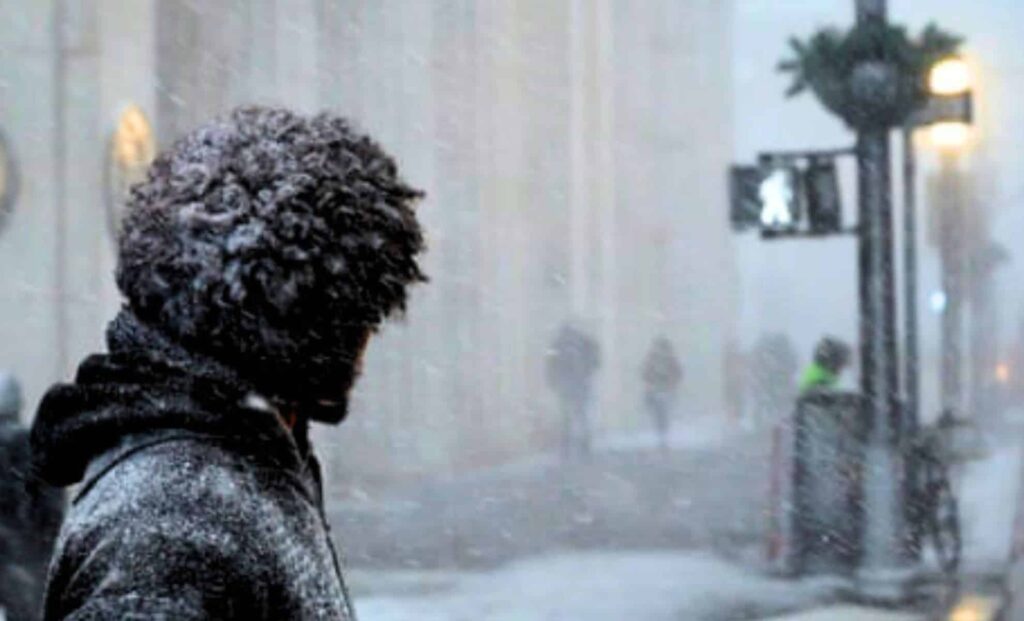A sudden and rare confusion within the Arctic polar vortex is expected to influence spring temperatures in parts of Europe and the United States. Scientists are closely monitoring this phenomenon, which has resulted in colder than average conditions due to a reversal of standard wind directions and the displacement of the vortex toward Northern Europe.
The disruption was triggered by a sudden stratospheric warming (SSW) event on March 9th, which significantly altered normal dynamics of the Arctic vortex. This event is marked by rapid temperature increases in the stratosphere, leading to weakened or reversed jet streams and an unusual east-to-west wind flow instead of the typical west-to-east.
Typically, the polar vortex forms around the Arctic during winter when sunlight is minimal, enabling the stratosphere to cool significantly. The current changes occurred unusually early this year, driven by Rossby waves—large atmospheric waves that have led to significant warming in polar regions. This warming, if it continues, may prevent the stratosphere from cooling again post-winter, resulting in what is known as final warming.
The National Oceanic and Atmospheric Administration (NOAA) notes that the vortex is struggling to stabilize above the pole, which normally would lead to a stronger jet stream. However, observations indicate a shift with continued warmth driving winds further east, disrupting the expected reformation of the vortex.
Consequently, this collapse is likely to impact surface weather, leading to colder than average conditions in Northern Europe, Asia, and parts of the Eastern U.S. NOAA warns that, while some areas were experiencing near-normal temperatures in early March, the likelihood of below-average temperatures is now increasing. Atmospheric anomalies have already been detected, indicating strong links between the stratosphere and troposphere, which could result in an early spring characterized by significantly colder weather.
Source link


